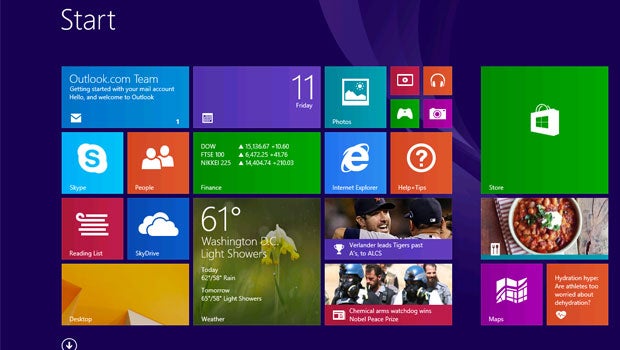Microsoft: We knew users wouldn’t like the Windows 8 Metro UX

Microsoft has spoken out on its latest operating system; with a lead design revealing the company knew users wouldn’t like the Windows 8 introduced Metro UX.
Having been designed in part to create a seamless transition between desktop and tablet-based use, Microsoft’s Windows 8 Metro UX sees large, tile-based icons which echo the interface of the company’s Windows Phone software.
Adding simple, point and click access to all manner of content, the Metro UX is a giant leap from previous Windows desktops, and one which has split decision. Responding to reports of disgruntled users, the company has now claimed it expected consumer backlash to the unfamiliar interface.
“We knew full well casual users wouldn’t like it initially,” Jacob Miller, a UX designer for Microsoft said while fielding questions on Windows 8 and Metro.
“Familiarity will always trump good design. Even if something is vastly better, if it is unfamiliar it will be worse. That’s why people act like a unicorn was murdered every time Facebook releases a new redesign.
READ MORE: Everything you need to know about Windows 10
He added: “The Windows 7 start menu IS better because it is familiar. We’ve used that design paradigm for the last 20 years. Metro is going to take some getting used to. As I mentioned, this is a long term strategy for MS. Hopefully in 5 years we’ll look back and see we made the right decision.”
Although claiming that power users quickly appreciated the benefits of the Metro UX, Miller has suggested that casual users are now coming round to the radically altered interface.
Looking to the future of Windows, and the tipped Windows 9 OS, Miller added: “Windows 7 couldn’t have existed without the lessons we learned from the mess that was vista. XP couldn’t have existed without 2000. Hopefully Windows 9 will be a solid refinement on all this.”
Via: Neowin

